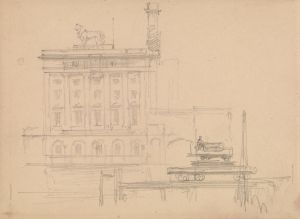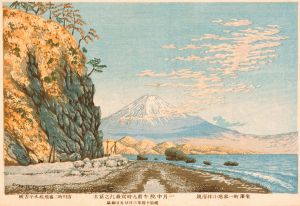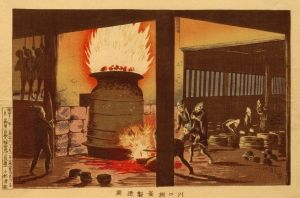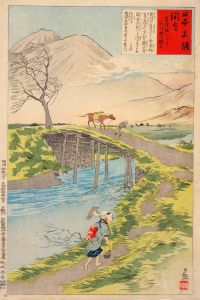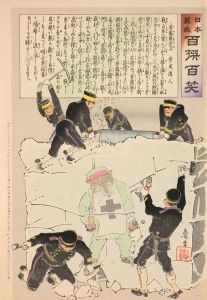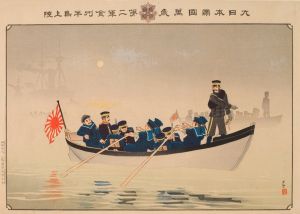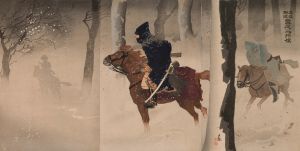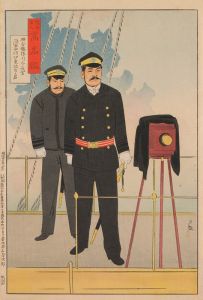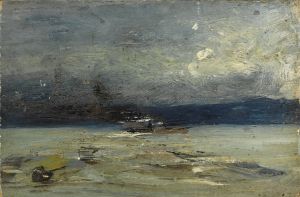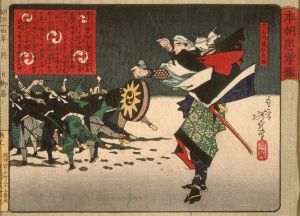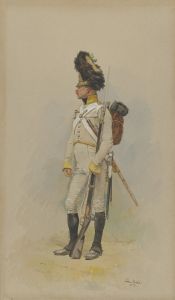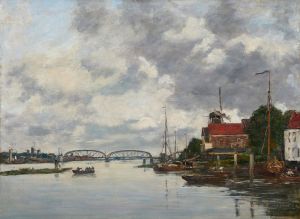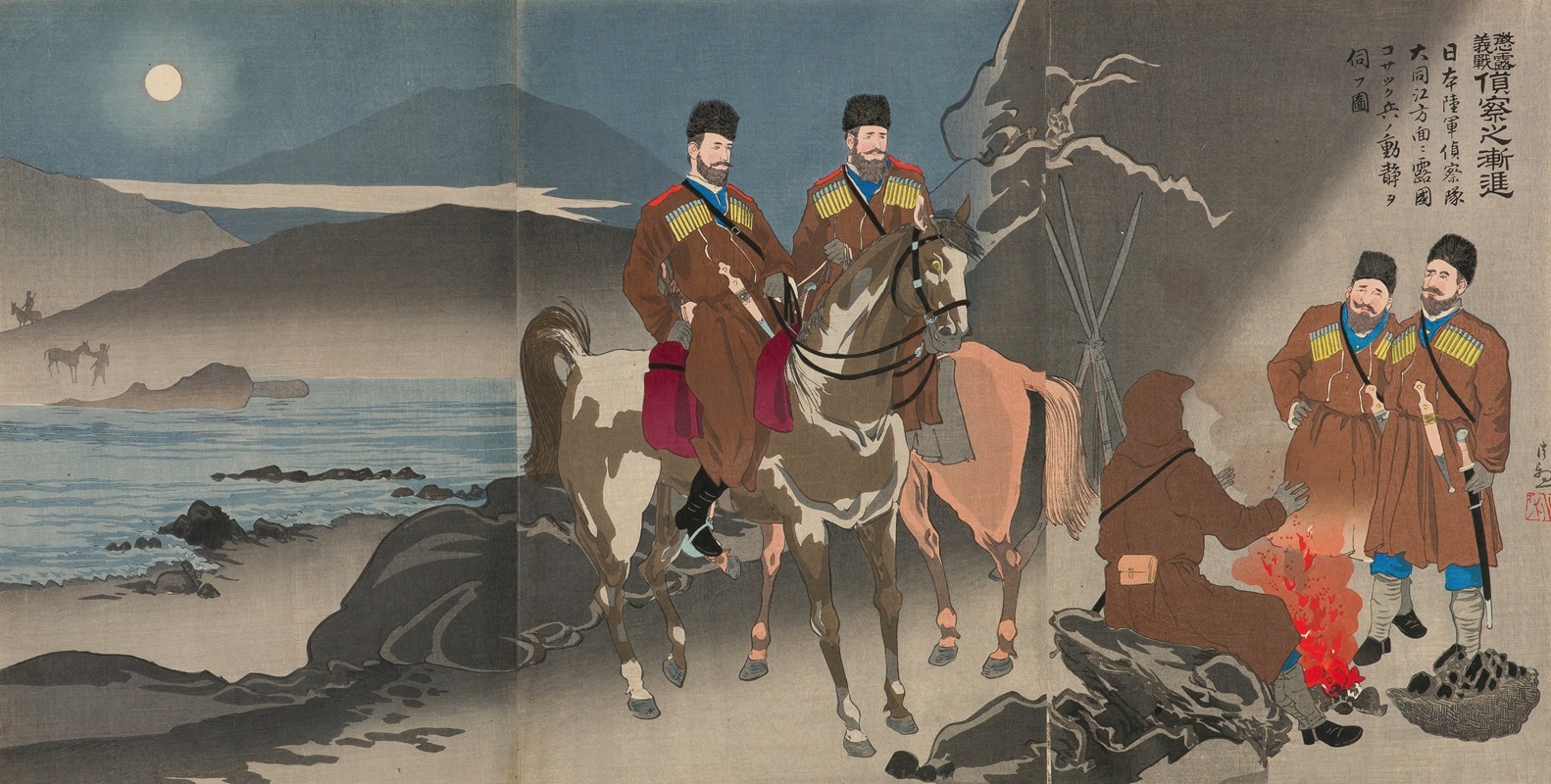
A Scouting Party of the Japanese Army Observing the Movements of Russian Cossack Soldiers across the Daedong River
A hand-painted replica of Kobayashi Kiyochika’s masterpiece A Scouting Party of the Japanese Army Observing the Movements of Russian Cossack Soldiers across the Daedong River, meticulously crafted by professional artists to capture the true essence of the original. Each piece is created with museum-quality canvas and rare mineral pigments, carefully painted by experienced artists with delicate brushstrokes and rich, layered colors to perfectly recreate the texture of the original artwork. Unlike machine-printed reproductions, this hand-painted version brings the painting to life, infused with the artist’s emotions and skill in every stroke. Whether for personal collection or home decoration, it instantly elevates the artistic atmosphere of any space.
Kobayashi Kiyochika's artwork A Scouting Party of the Japanese Army Observing the Movements of Russian Cossack Soldiers across the Daedong River is a woodblock print created during the Russo-Japanese War (1904–1905). Kiyochika, a prominent Japanese artist known for his ukiyo-e prints and later his war-themed works, produced this piece as part of a series documenting Japan's military campaigns during the conflict. The print reflects the heightened nationalism and militaristic pride of the Meiji era, as Japan sought to assert itself as a modernized power on the global stage.
The artwork depicts a group of Japanese soldiers observing Russian Cossack troops across the Daedong River, which flows through the Korean Peninsula. The scene captures a moment of reconnaissance, a critical military activity during the war. The Russo-Japanese War was fought over imperial ambitions in Manchuria and Korea, and the Daedong River, located near Pyongyang, was a strategically significant area during the conflict. The Japanese army's scouting missions were essential for gathering intelligence on Russian troop movements and planning military strategies.
Kiyochika's style in this print combines traditional Japanese woodblock techniques with Western influences, such as the use of perspective and shading, which he adopted during the Meiji period's push for modernization. The composition emphasizes the tension and vigilance of the soldiers, set against a natural landscape that underscores the geographical context of the war. The print is part of a broader trend of war art that served both as propaganda and as a record of Japan's military achievements.
This artwork is an example of how visual media was used to shape public perception of the war. Prints like this were widely distributed in Japan, fostering a sense of unity and support for the nation's military efforts. Kiyochika's works from this period are notable for their dramatic and often romanticized portrayal of warfare, reflecting the patriotic fervor of the time.
While specific details about this particular print's creation or reception are limited, it remains an important piece within Kiyochika's body of work and the broader context of Japanese war art. It provides insight into how art was employed to document and glorify Japan's military campaigns during a pivotal moment in the nation's history.





